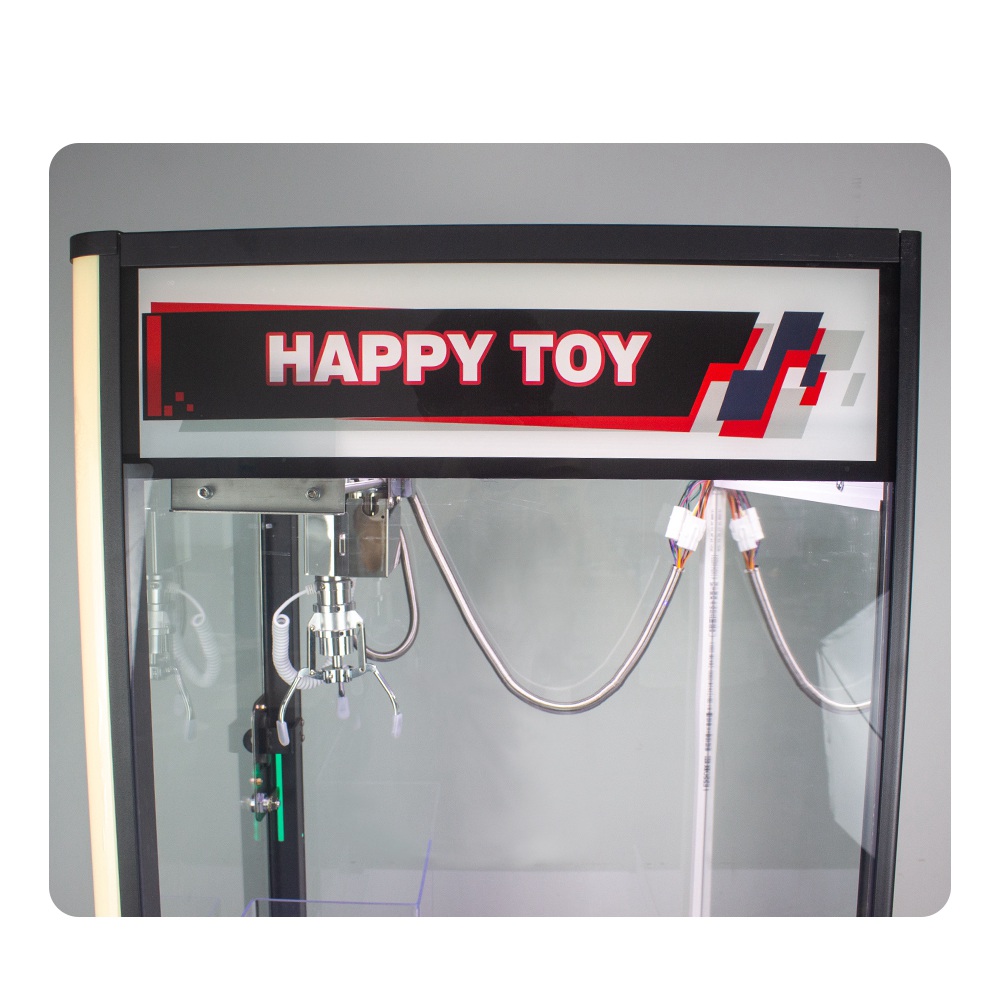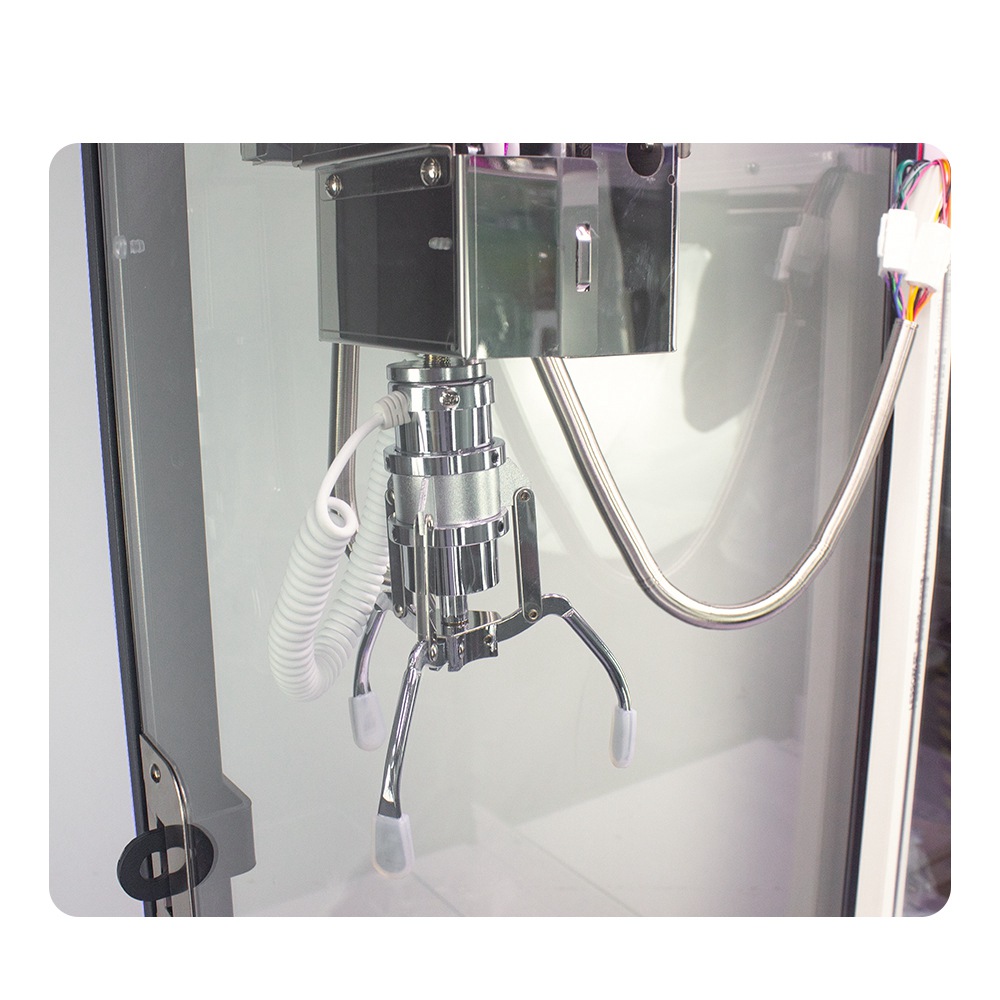Essentially, claw machines let fall of toys because of the strength used to grip, weight and shape of the toy, and how we actually play. Statistics demonstrate that some claw machines are equipped with a parameter associated with claw strength, which in the most difficult stage reaches 30% to 50%. The claw strength was ~100 grams, so any toy over 200 grams would never be picked up. To increase the success rate, players can look at the swing pattern of the claw and wait for the toy they like to be near the center of the claw or look to pick up plush toys with regular shapes. As the claw gets to work, timing its movement and how fast it drops down just right, along with positioning at an angle that accounts for the toy’s center of gravity, is critical if you want more toys.
Table of Contents
ToggleInsufficient Grip Strength
The claws of claw machines are usually made to be slightly less strong than the minimum required grip strength for many prizes, thus almost ensuring that players will always lose. This type of design strategy serves to not only artificially extend the length of a game but also incentivizes players to keep trying and failing, which ties back into increased expenditure.
Operators have the ability to weaken or strengthen this grip depending on demand at a location (high traffic = weaker claw). This is to say that no matter how well the player plays, there may not be enough grip strength for them to hold onto a toy with said claw. Most of the time, this claw gripping control is decided within the software setting of each machine. Some high-end devices even allow operators to change parameters through a remote controller.
Claws are made of low-friction materials to enhance the ability for toys to slide off. Further, the angle and nature of the claw also cause an issue; that is, claw strength. Therefore, lack of perfect grip strength is the main reason for a toy drop in the case of claw machines.

Placement Position
To make it more complex, the toys inside claw machines are usually messily and compactly stacked. Some toys are intentionally set to be picked up indirectly in corners or other difficult locations.
Operators could move the toys down to make it easier for players to clench them at first – or if a toy was too large and heavy, they were placed on the bottom of the machine so that no one could win in short order. It’s not just an element of ramping up the difficulty; it also indirectly incentivizes players to try again and claw at different angles so they can find what works best for them.
Horizontal toys are difficult to grab for the claw, as it must exert more power to hold them in place. Hence, gamers need to get a grip on how toys are placed and the trajectory of them in order to boost their winning rate when they try clawing.
Shape and Weight
Different shapes of toys impose different requirements on claw strength. For instance, it is more likely for the claw to slip off during clawing spherical toys as the spherical surface and rolling feature can move away when grabbing; teardrop-shaped toys usually fall down in a similar way since their center of gravity is unstable.
The heavier the toy, the stronger the grip needed, and a weak claw can quickly drop it when lifting. Toys with shifted centers of gravity will cause the claw to release when grabbed.
That means players need to not just account for grip strength and positioning during operation but also have their clawing strategy change depending on what kind of shapes and weights toys typically have.

Operating Techniques
The best clawing tactics, on the other hand—especially from skilled players—are based around dropping when needed (or timed to scope), watching how far back and forward the swing of a given machine can go, and knowing where the toy is located. This means it is necessary to try multiple times during the game, achieving more extensive experience for players.
If you hit the clawing button fast when at a good position in the swing, it can greatly increase your probability. Furthermore, the rate of descent and angle at which the claw releases a toy should be slow enough so that it remains stable.
Going for smaller toys that are easier to grab, as opposed to high-profit bigger items, could also help increase the success rate. Exchanging and learning with other players will also allow everyone to gradually improve their operating skills to get higher gains in this claw machine game.




